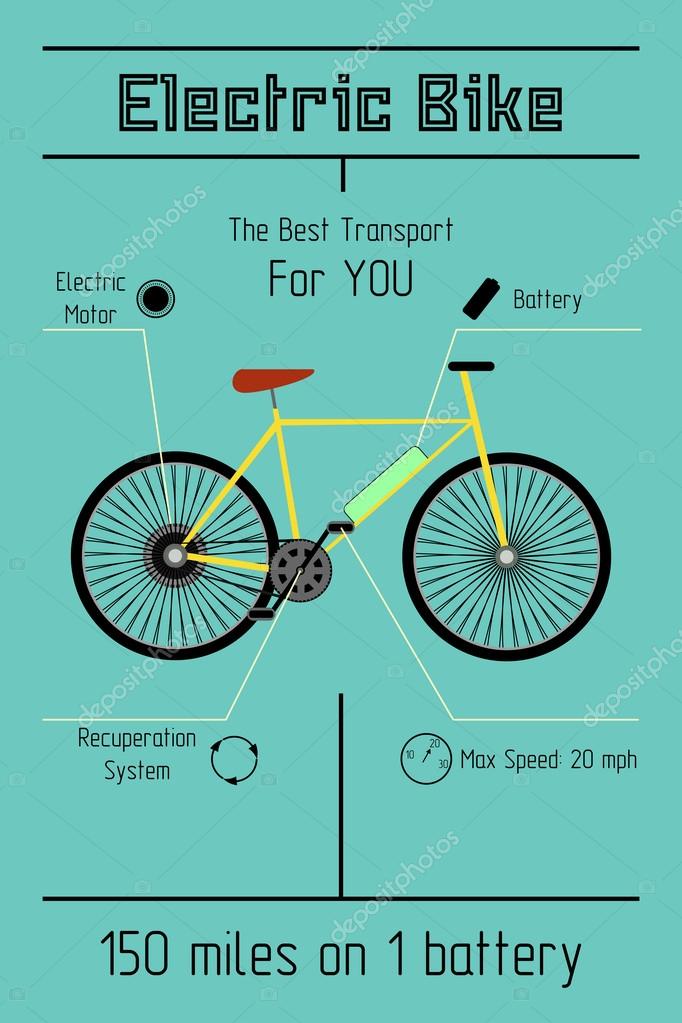Translating E-Bike Classifications: A Review Of Their Meanings
Translating E-Bike Classifications: A Review Of Their Meanings
Blog Article
Author-Barefoot McDonough
If you're thinking about purchasing an e-bike, understanding the different classes is key in making an educated decision. You could be surprised at just how each class supplies unique functions that satisfy various riding preferences and lawful requirements. From pedal-assist options to throttle-controlled designs, each course has its benefits. So, before you select the ideal e-bike for your demands, it's critical to comprehend the differences between Class 1, Class 2, and Course 3 e-bikes.
Class 1 E-Bikes
Class 1 E-Bikes are defined as pedal-assist electrical bikes that offer assistance just when you pedal, stopping to do so when you reach 20 miles per hour. These bikes are excellent for those trying to find a little additional boost while still wishing to get some workout. Course 1 E-Bikes offer a smooth transition between pedaling and electric aid, helping you conquer hills and fars away easily. The electric motor starts as quickly as you start pedaling, offering a natural and effortless trip experience.
Among the crucial benefits of Class 1 E-Bikes is that they're allowed on the majority of bike paths and routes where conventional bikes are permitted. This implies you can discover new routes and appreciate the outdoors with no limitations.
In addition, these bikes are green and supply a lasting setting of transportation, reducing your carbon impact while still obtaining you to your location effectively.
Course 2 E-Bikes
Proceeding from the pedal-assist characteristics of Class 1 E-Bikes, Course 2 E-Bikes present a new element right into the electric bicycle realm. These e-bikes come with a twist throttle function, permitting you to ride without pedaling whatsoever. With this enhancement, you have the option to just engage the throttle and allow the electric motor do the work, thrusting you onward effortlessly.
Course 2 E-Bikes are optimal for riders who might require a break from pedaling or call for help when starting from a total stop. This function makes them specifically appealing for individuals with limited movement or those that desire an even more leisurely riding experience.
Nevertheless, it is very important to note that Course 2 E-Bikes are still governed by a rate limitation of 20 miles per hour, making sure security and conformity with guidelines.
Course 3 E-Bikes
For motorcyclists looking for a more vibrant electric cycling experience, Class 3 E-Bikes deal enhanced speed and performance compared to their Course 1 and Class 2 counterparts. Course 3 E-Bikes are called "rate pedelecs" and can reach rates of up to 28 mph, providing a thrilling trip for those looking for an extra increase. These bikes come furnished with a pedal-assist system that begins when you begin pedaling, making it much easier to keep greater rates with less effort.
visit this site right here of Course 3 E-Bikes is that they aren't limited to bike lanes only; they can additionally be made use of on streets where the speed restriction is 30 miles per hour or reduced. This adaptability enables motorcyclists to browse with traffic much more effectively while still appreciating the benefits of electrical assistance.
Nevertheless, it's vital to bear in mind that some locations might have particular laws concerning using Course 3 E-Bikes, so constantly inspect regional regulations before hitting the road.
Final thought
So, now that you recognize the differences between Class 1, 2, and 3 E-Bikes, you can make an educated choice on which kind best fits your demands. Whether you choose pedal-assist, throttle feature, or greater speeds, there is an E-Bike class out there for you. Remember to consider https://fortune.com/europe/2024/09/13/dutch-illegal-electric-fatbike-craze-netherlands/ and individual preferences prior to making your selection. Pleased riding!
